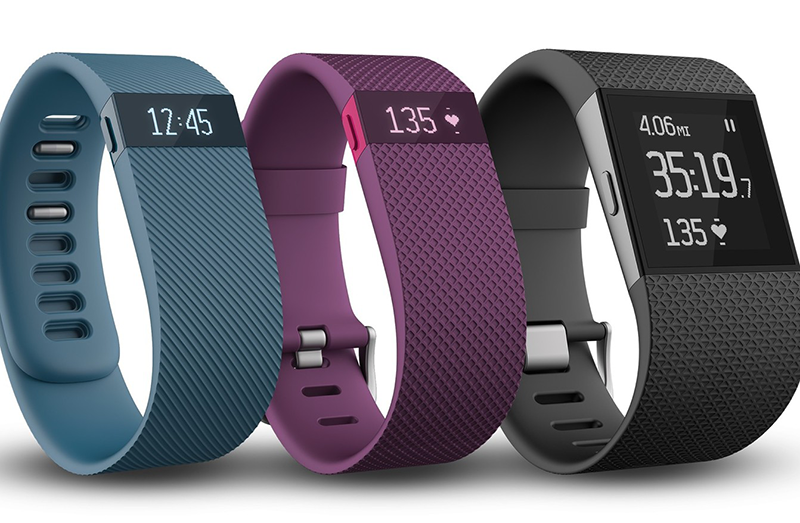Insurance firms are exploring use of wearable devices and fitness trackers to get a closer look at the day-to-day habits of individuals.
The growing popularity of smartwatches increased the sources of fitness data, the treasure trove of information that goes into calculations of how much to charge for insurance policies, and what incentives to offer customers, reports Pymnts.com.
In September, Humana said it would use Fitbit Care to assess insurance premiums. Fitbit Care combines health coaching and virtual care. The platform stems from Fitbit’s acquisition of Twine Health earlier this year.
John Hancock, one of the largest and oldest insurers in the United States, has announced it will stop selling traditional life insurance and will only market interactive policies that record the physical activities and health data of its customers through wearables such as Fitbit or Apple Watch. The company will sell this type of policy through its subsidiary Vitality, finalizing in 2019 the conversion of its entire portfolio of policies to the new procedure.
“For centuries, the insurance model has primarily provided financial protection for families after death, without enhancing the very quality it hinges on: life,” said Marianne Harrison, John Hancock president and CEO. “We fundamentally believe life insurers should care about how long and well their customers live. With this decision, we are proud to become the only U.S. life insurance company to fully embrace behavioral-based wellness and leave the old way of doing business behind.”
More companies are seeing opportunities in getting accurate data on a person’s exercise and health data using wearable devices such as Apple Watch and Fitbit. There are two reasons behind this: Firstly, the data provided by wearables are improving rapidly and secondly, easy-to-use wearable devices will replace complicated medical devices that can only be used in a hospital setting.
Read more How Wearable Devices Can Benefit the Life Insurance Industry
Insurers will increasingly seek to build more detailed information of a person’s health and wellbeing which go beyond general fitness. Over time, those insurers that truly differentiate and add value will be those who use apps and wearables intelligently to better risk select and offer revolutionary health insights and enhancements.













